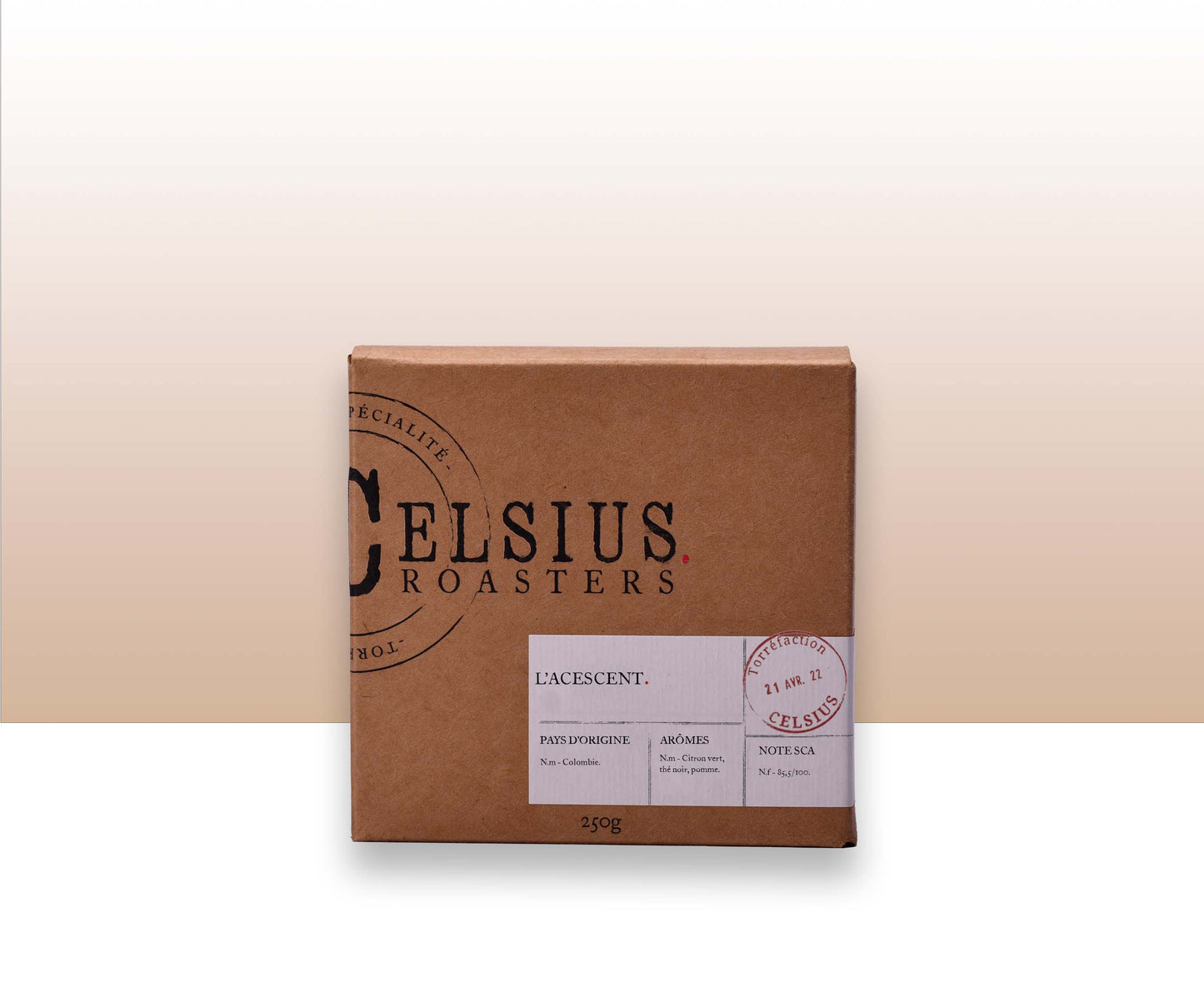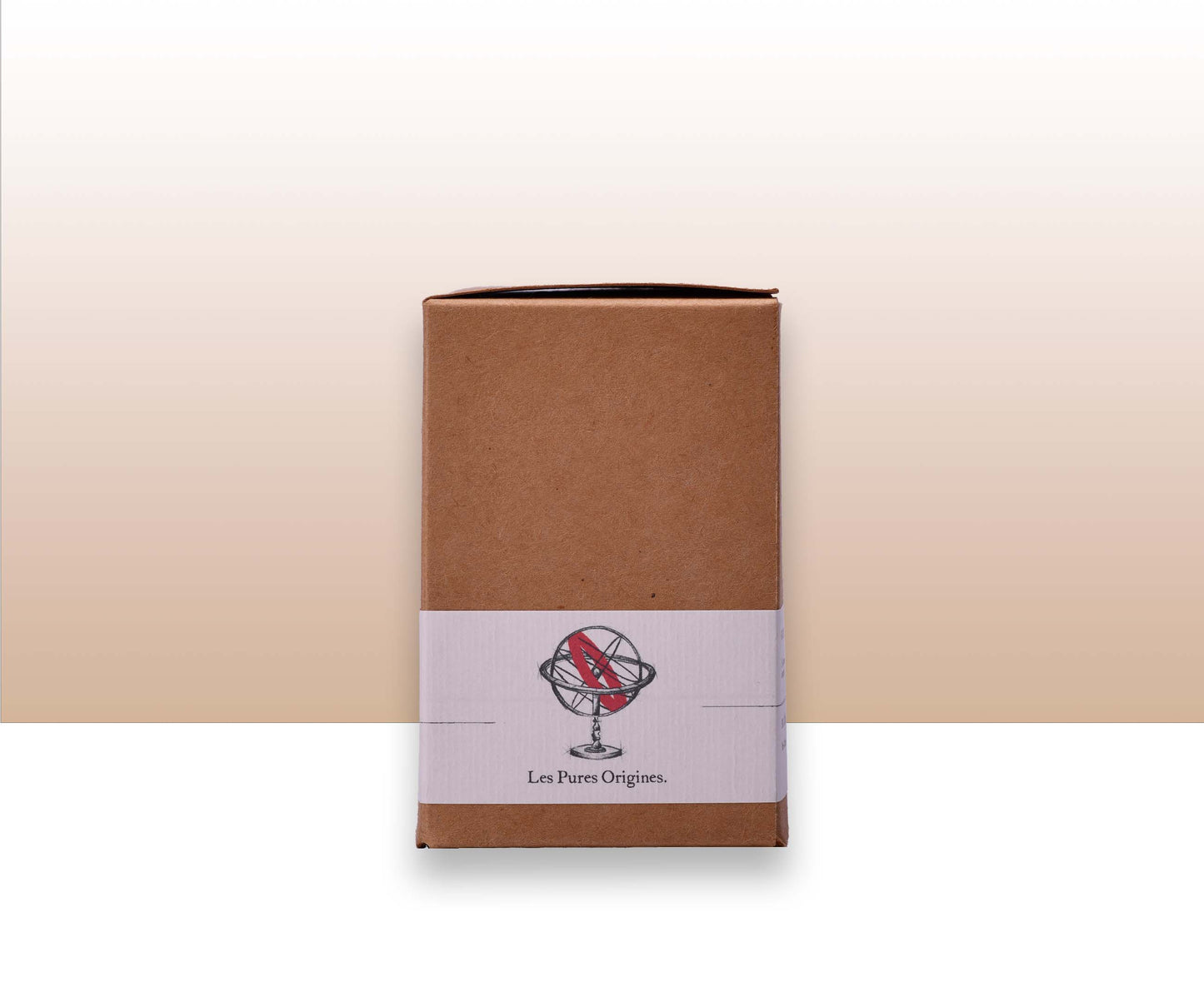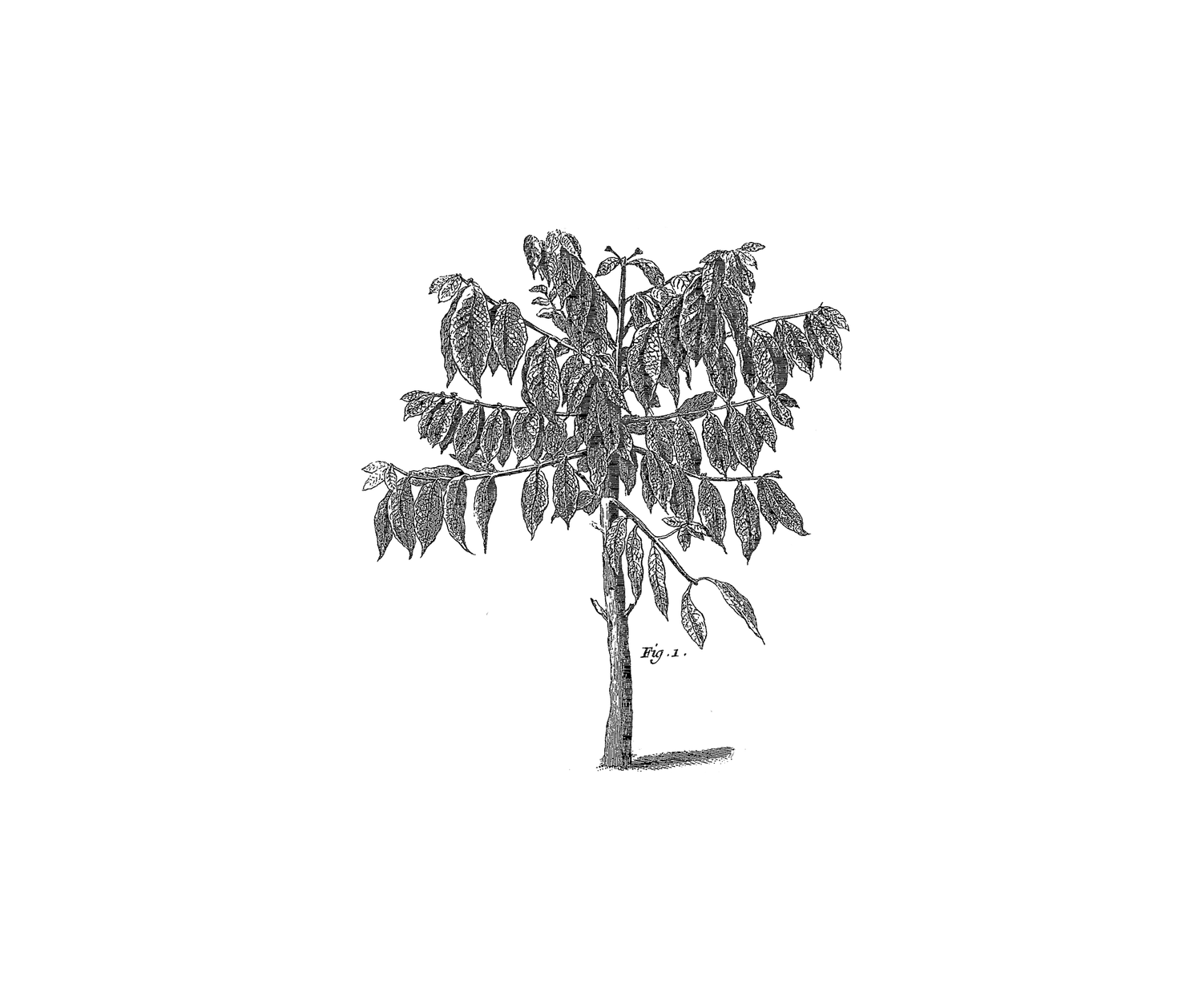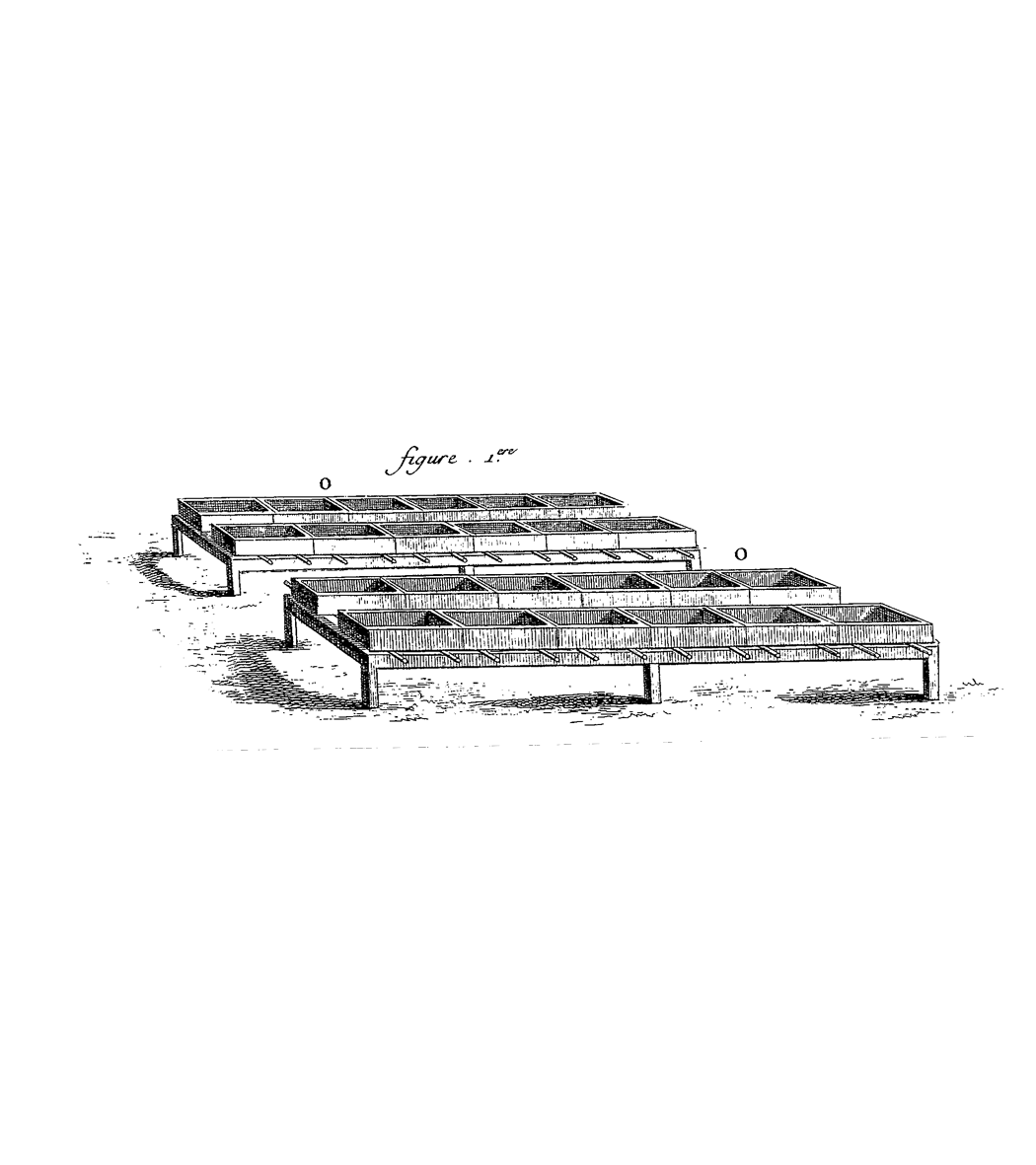


Nm - Terroir
San Pedro is located in the municipality of Planadas in the department of Tolima, Colombia.
The history of Planadas has contributed to the charm of its inhabitants and the department itself. It was a region where political prisoners were sheltered from the Liberal Party. Over time, the two parties (Liberales and Conservadores) established a better relationship, and Planadas is now known above all for the kindness of its inhabitants (in addition to the high quality of its coffees, of course). They were able to take advantage of a more peaceful situation to reveal the previously untapped potential of their lands for the benefit of specialty coffee.
All San Pedro production is organic, but Celsius does not currently have the certification to communicate this.

Nm - Producer
San Pedro coffees are harvested by the Nasa Wesx of Gaitania , an indigenous community in Colombia.
Their artistic works, language, and ancestral knowledge have had a great influence on the Colombian landscape, although war and social unrest in the last century threatened to destroy many of their long-standing traditions.
After several decades of conflict, the community has achieved relative peace, during which coffee cultivation plays an important role in the economic growth and development of the region.
Nasa Wesx places particular emphasis on sustainability, hence widespread organic farming.

Nf - Varieties
This coffee is made from two of the most famous Arabica varieties: Typica and Caturra .
Typica is a high-altitude variety characterized by very low production, sensitivity to major diseases and good cup quality.
Caturra is a natural mutation of Bourbon, more disease resistant and with a slightly higher yield.

Nm - Treatment process
When we talk about the coffee processing process, this brings us to post-production: after the coffee cherries have been picked, the cooperative has a choice: leave the cherry pulp or remove it before drying.
In our case, the "washed" process involves the cherries being mechanically pulped and then immersed in water to remove the remaining skin.
The grains were then cleaned and dried to achieve maximum purity and consistency.



